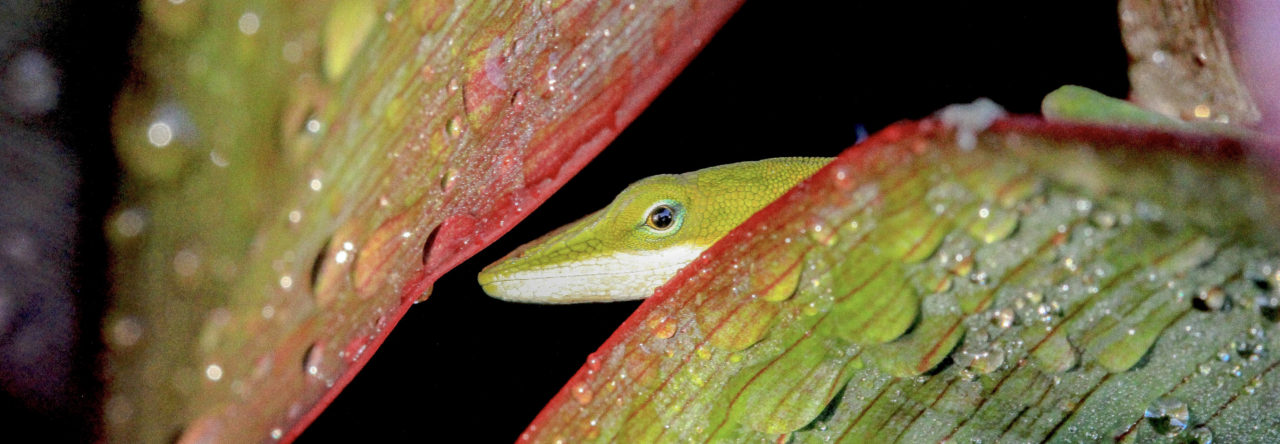New community science reports show that the Peters’s Rock Agama (Agama picticauda) is spreading from Florida and has reached the Bahamas and the British Virgin Islands, undoubtedly carried as stowaways on outbound vessels. A group of Caribbean-based biologists and conservationists are expressing their deep concern because this region is a biodiversity hotpot with thousands of unique, endemic species, over 1,500 of which are already at high risk of extinction.

In their letter to the journal Animal Conservation, the authors identify nearly 50 native reptile species (among which many species of Anolis) that could be impacted if the agama becomes established across the Eastern Caribbean. Given that it is known to capture prey up to at least 5 cm snout-vent length, many species are at risk of being eaten by the agamas; even large native lizards are likely to experience competition and displacement given the agama’s aggressive behaviours.
The authors advise scientists, conservationists, policy makers, veterinarians and border control agencies to be on high alert for incursions by Peters’s Rock Agamas and other non-native reptiles. They further urge the transport sector – especially those operating out of Florida – to be on the lookout for the agama and to take swift measures to remove them.
The letter has been published in Animal Conservation: M.P. van den Burg et al.: The threat of Peters’s Rock Agama (Agama picticauda) to reptile diversity across the Lesser Antilles. Animal Conservation 2023, 12889. https://doi.org/10.1111/acv.12889











